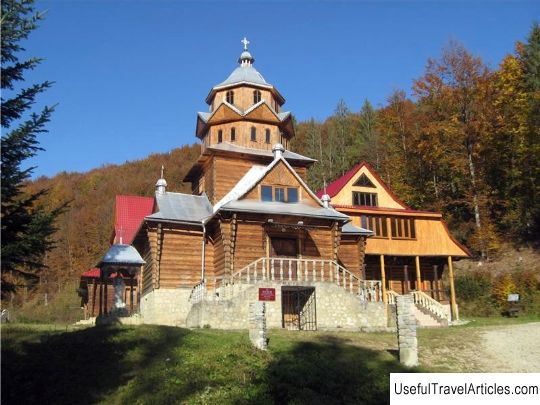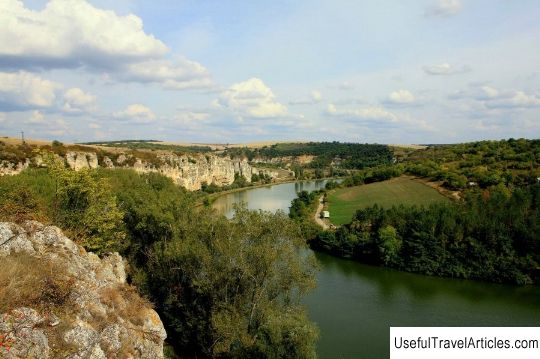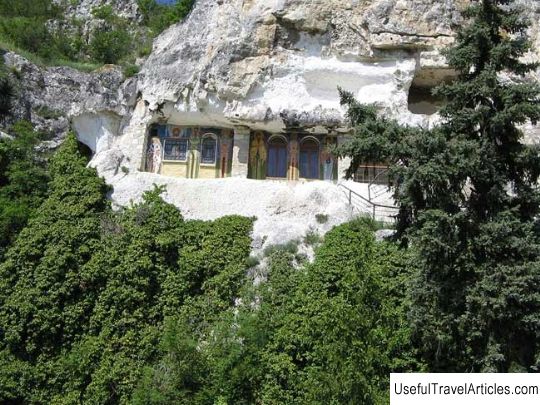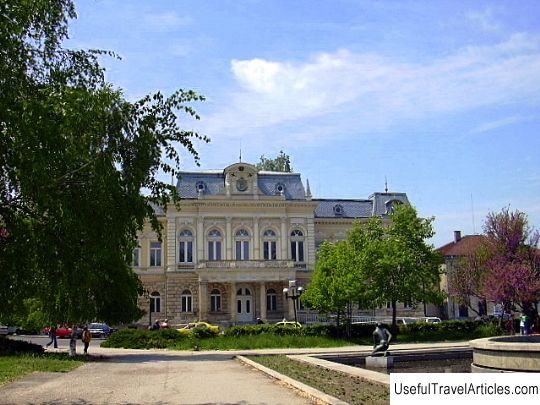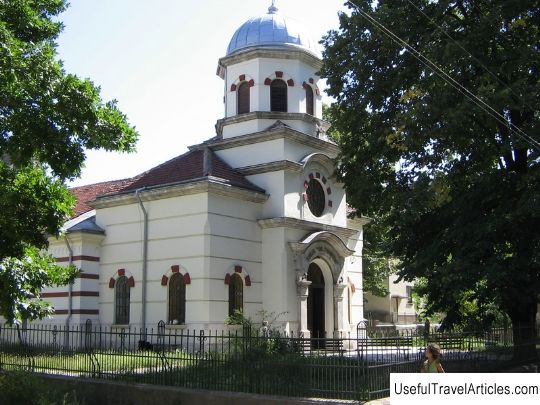Cave churches in Ivanovo (Rock-hewn Churches of Ivanovo) description and photos - Bulgaria: Ruse
Rating: 7,9/10 (143 votes) 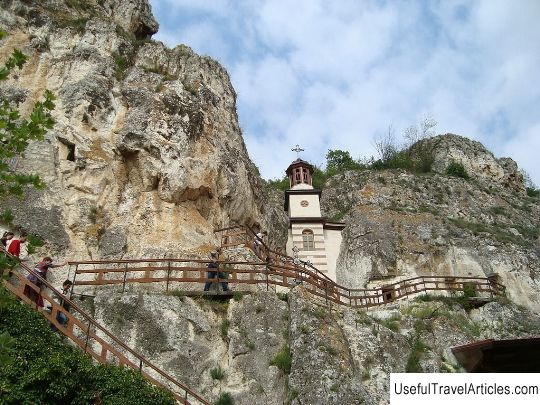
Rock-hewn Churches of Ivanovo description and photos - Bulgaria: Ruse. Detailed information about the attraction. Description, photographs and a map showing the nearest significant objects. Title in English - Rock-hewn Churches of Ivanovo. Photo and descriptionThe cave church complex in Ivanovo is located in northeastern Bulgaria, 21 kilometers from the town of Ruse, in the vicinity of the village of Ivanovo. It is located on the territory of the Ruse Loma - a natural park. The complex is a unique archaeological phenomenon for Bulgaria: cave churches are carved 32 meters above the river flowing along the bottom of the canyon. There is a road with signs and a car park at the foot of the rocks. Rock staircases are laid to each of the churches, chapels and cells. The monastery was founded in the early 13th century by the monk Joachim, who later became the first Tarnovo patriarch in Bulgaria. The benefactors of the monastery were Tsars Ivan Asen II, Ivan Alexander and other representatives of the royal court. Their portraits are still kept in the monastery. The heyday of the rock complex falls on the 10-14th centuries, at this time the center of the Bulgarian spiritual life was formed here. In the 13th century, the inhabitants of the monastery for more than 20 years equipped three hundred cells, as well as forty chapels and churches in natural caves on both banks of the river. All these premises were combined into one large monastery complex of St. Michael the Archangel. The Ivanovo historical rock complex is the most popular in this region; tourists are attracted by the beauty and restraint of architectural techniques, as well as frescoes in six temples of the monastery. These examples of wall painting are proof of the unsurpassed skill of the painters of the famous Tarnovo school. Most of the frescoes were created in the 14th century, the most famous of them are "The Washing of the Feet", "The Denial of Peter", "The Kiss of Judas". Thanks to the perfectly preserved wall paintings, the Ivanovsky Cave Monastery is included in the UNESCO World Heritage List. In the 14th century, the Ivanovo cave monastery became the center of hesychasm (a special mystical trend in Orthodoxy). In the first centuries of the Ottoman yoke, the monastery was still active, but gradually the spiritual life here began to decline and the rocky complex was empty. The monastery complex acquired the status of an archaeological reserve of national importance in 1978. Now some of the caves are not suitable for visiting, but the rest are pristine.      We also recommend reading Borisov stone description and photo - Belarus: Polotsk Topic: Cave churches in Ivanovo (Rock-hewn Churches of Ivanovo) description and photos - Bulgaria: Ruse. |
